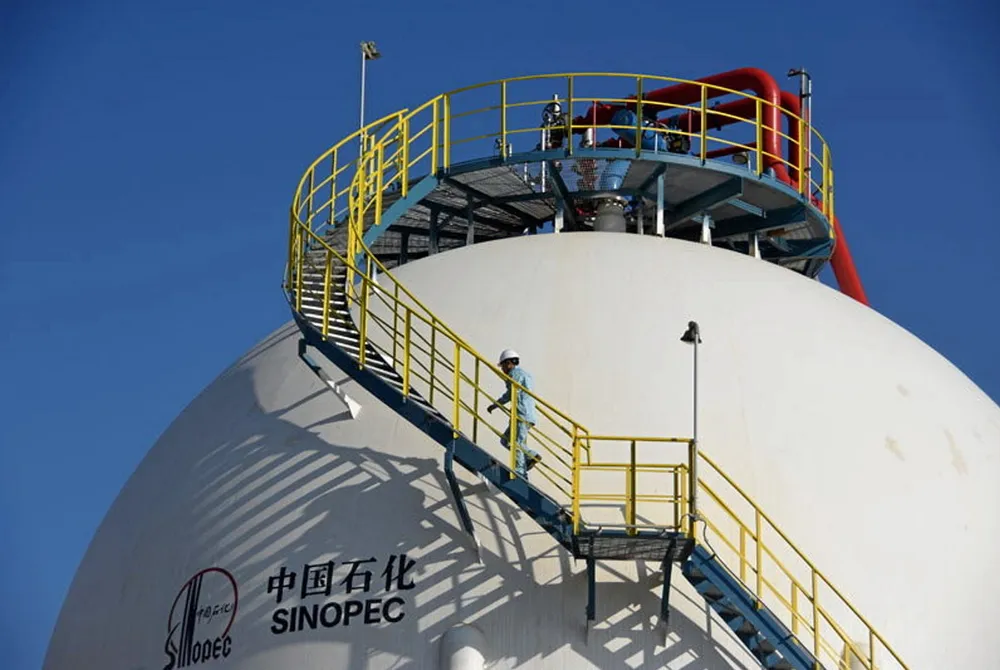Green hydrogen will make up more than a quarter of China's H2 supply by 2035: Sinopec
State-owned Chinese oil and gas company predicts that year will see almost 12 million tonnes a year of renewable hydrogen production

State-owned Chinese oil and gas company predicts that year will see almost 12 million tonnes a year of renewable hydrogen production
